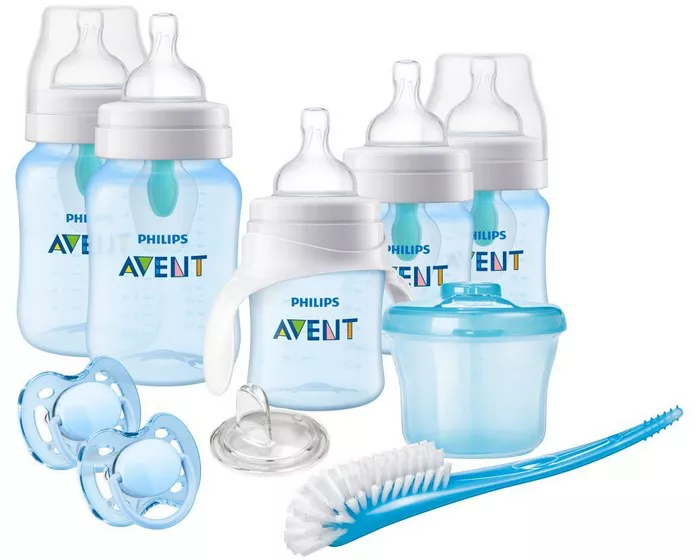Ensuring the safety and well-being of infants is a top priority for parents and caregivers. One essential aspect of infant care is feeding, whether through breastfeeding or bottle-feeding. When it comes to bottle-feeding, proper sterilization of feeding equipment is crucial to prevent the transmission of harmful bacteria to the baby. However, the question arises: Is sterilization alone sufficient, or should bottles be washed after sterilizing? This article delves into the importance of washing bottles after sterilization to maintain optimal hygiene standards and ensure the safety of infants.
Understanding Sterilization:
Sterilization is the process of killing or removing all forms of bacteria, viruses, and other microorganisms from an object or surface. In the context of infant feeding, sterilizing bottles and other feeding equipment is recommended to eliminate any potentially harmful pathogens that could cause illness or infection in the baby. Common methods of sterilization include boiling, steam sterilization, and chemical sterilization using sterilizing solutions or tablets.
The Purpose of Sterilization:
The primary purpose of sterilizing feeding equipment is to reduce the risk of contamination and protect infants from infections, particularly those caused by bacteria such as Escherichia coli, Salmonella, and Listeria. Babies have delicate immune systems that are not fully developed, making them more susceptible to infections. By sterilizing bottles and nipples, caregivers aim to create a clean and safe environment for feeding, minimizing the risk of illness or digestive disturbances in infants.
Limitations of Sterilization:
While sterilization effectively kills harmful microorganisms, it does not remove other substances such as milk residue, formula, or saliva that may remain on the surfaces of feeding equipment. These residues can serve as breeding grounds for bacteria if not properly cleaned. Additionally, sterilization alone may not eliminate all bacteria if the process is not conducted correctly or if the equipment is not properly prepared beforehand.
The Role of Washing:
Washing bottles after sterilizing is essential for removing any residual milk or formula, as well as any remaining bacteria or germs that may have survived the sterilization process. Washing with hot, soapy water helps to dislodge and remove any stubborn residue, ensuring that the bottles are thoroughly clean before they are used again. This step is particularly important for reusable bottles that may have been stored for an extended period after sterilization.
Effective Washing Techniques:
To ensure proper hygiene, caregivers should follow these steps when washing bottles after sterilizing:
1. Disassemble the bottles: Separate the bottle components, including the nipple, collar, and bottle itself, to ensure thorough cleaning of each part.
2. Rinse with warm water: Rinse the bottles and components under warm running water to remove any visible traces of milk or formula.
3. Wash with hot, soapy water: Use a bottle brush and mild dish soap to scrub the inside and outside of the bottles, as well as the nipples and other components. Pay special attention to any crevices or areas where residue may accumulate.
4. Rinse again: After washing, thoroughly rinse the bottles and components under running water to remove any soap residue.
5. Air dry or sterilize again: Allow the bottles and components to air dry completely before reassembling them or use a clean towel to dry them. Alternatively, you can sterilize the bottles again using a steam sterilizer or boiling water.
Benefits of Washing After Sterilizing:
Washing bottles after sterilizing offers several key benefits:
1. Removes residual milk and formula: Washing helps to remove any leftover milk or formula that may have accumulated on the surfaces of the bottles, reducing the risk of bacterial growth.
2. Ensures thorough cleaning: Washing with hot, soapy water helps to dislodge and remove bacteria and germs that may have survived the sterilization process, ensuring that the bottles are clean and safe for use.
3. Maintains optimal hygiene: Proper washing after sterilizing helps to maintain optimal hygiene standards, minimizing the risk of contamination and illness in infants.
4. Extends the life of feeding equipment: Regular washing helps to prevent the buildup of residue and bacteria, extending the lifespan of feeding equipment and ensuring that it remains in good condition for longer.
5. Provides peace of mind: By washing bottles after sterilizing, caregivers can have peace of mind knowing that they are taking all necessary precautions to protect their infants from harmful bacteria and infections.
Conclusion:
In conclusion, washing bottles after sterilizing is an essential step in ensuring the safety and well-being of infants during bottle-feeding. While sterilization effectively kills harmful microorganisms, washing helps to remove residual milk or formula, as well as any remaining bacteria or germs, ensuring that the bottles are clean and safe for use. By following proper washing techniques and maintaining optimal hygiene standards, caregivers can minimize the risk of contamination and provide infants with a clean and healthy feeding environment.


